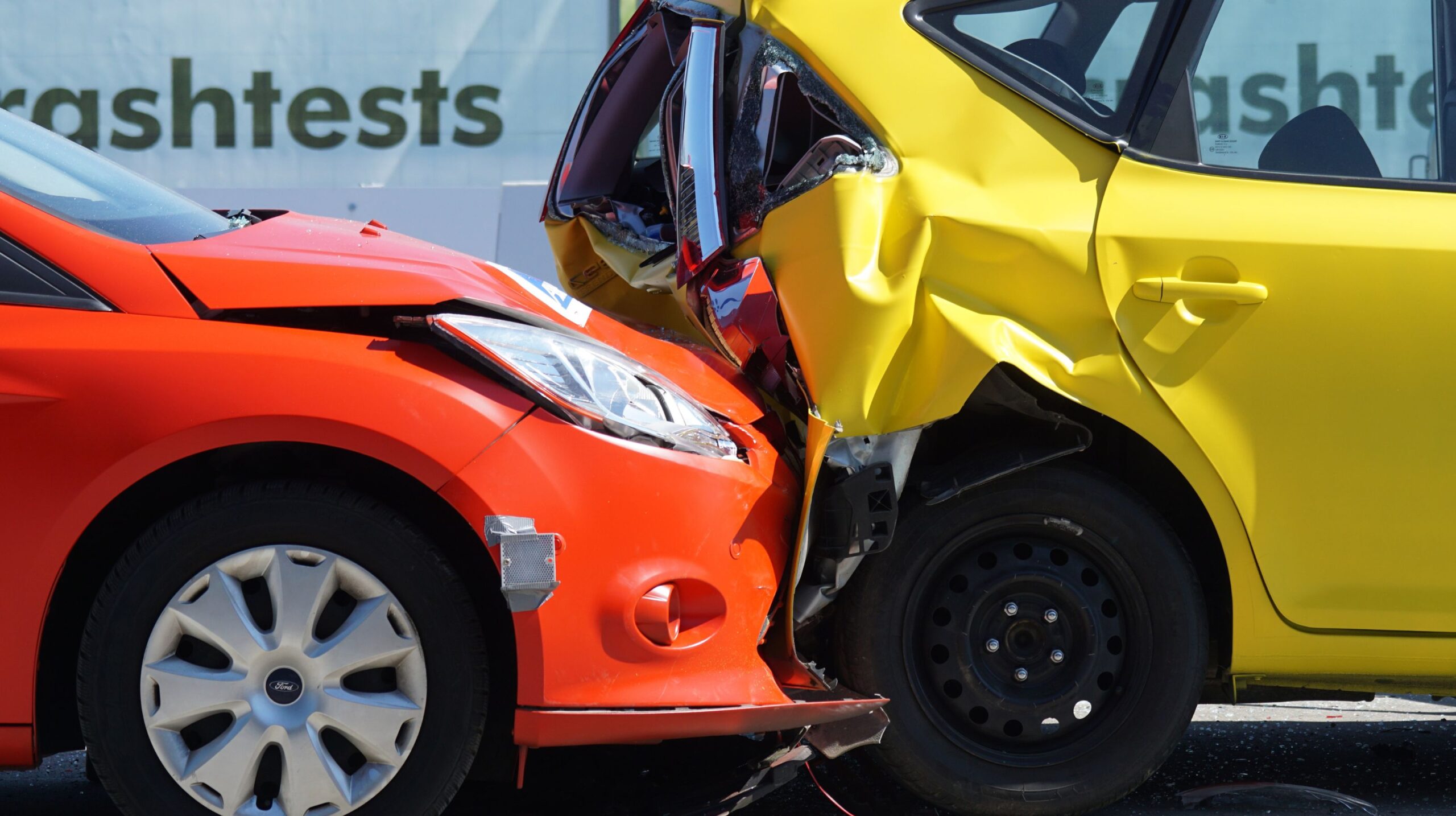
When it comes to choosing a wheelchair van, safety is a non-negotiable factor. After all, a momentary lapse in attention could have long-lasting and life-altering repercussions. In fact, according to the National Highway Traffic Safety Administration, 42,795 people lost their lives in motor vehicle traffic crashes in 2022 alone.
With so many lives at risk, it’s no wonder wheelchair van manufacturers follow stringent testing protocols to guarantee that each model meets, and even exceeds, the essential safety requirements. Crash testing is a crucial aspect of this process that serves as an important indicator of how well your vehicle will hold up and protect its occupants in case of an accident or other emergency situation.
Read on to learn more about the intricacies of crash testing for wheelchair vans, its impact on vehicle design, and passenger safety.
What is Wheelchair Van Crash Testing?
Crash testing is a form of destructive testing performed in a controlled environment using specialized equipment to simulate real-world collisions. The main purpose of crash testing is to:
- Evaluate and enhance the safety features of the vehicle
- Identify any structural weaknesses and correct them
- Understand the impact of collisions on the human body using crash test dummies
- Test the effectiveness of safety mechanisms such as seat belts and airbags
NHTSA’s 5-Star Safety Ratings Program
The National Highway Traffic Safety Administration (NHTSA) carries out a comprehensive safety testing program to rate vehicles. This includes four major tests:
- Frontal test: This measures the impact on the test vehicle when it collides with another vehicle or a solid barrier head-on.
- Side Barrier test: This test analyzes what happens when another vehicle or object hits the test vehicle from the side.
- Side Pole test: This evaluates the crashworthiness of the test vehicle when a side impact occurs against a narrow, fixed object like a utility pole or a tree.
- Rollover test: This specific test evaluates the test vehicle’s risk of rollover in a single-vehicle loss-of-control scenario.
If a vehicle passes these tests and is awarded the NHTSA 5-Star Safety Rating, it’s considered among the safest vehicles in its category.
Role of the Insurance Institute for Highway Safety (IIHS)
Besides NHTSA, the Insurance Institute for Highway Safety (IIHS) — a non-profit organization — aims to reduce the number of deaths and injuries that occur on the road by conducting six crash tests, providing research and analysis, developing safety ratings, and improving vehicle designs. In fact, some manufacturers submit their vehicles to both NHTSA and IIHS for testing to validate safety claims.
The IIHS tests new cars using its own set of protocols that are devised to ensure the ultimate safety while driving. This meticulous process includes tests for moderate front overlap, small front overlap on the driver’s side, small front overlap on the passenger’s side, and side impact examinations.
Additionally, they perform various assessments for automated emergency brakes, headlight systems, the effectiveness of seat belt reminders, and the accessibility and usability of the child seat attachment apparatus, often referred to as LATCH. If a vehicle meets these safety standards and has a user-friendly design, it is awarded the coveted ‘Top Safety Pick’ recognition.
When it comes to wheelchair-accessible vehicles, the original vehicle must meet all Federal Motor Vehicle Safety Standards regarding design, construction, and features to minimize the risk of accidents. Additionally, supplementary testing is required as modifications can affect a vehicle’s structural integrity.
For example, if a stock vehicle has been modified to accommodate a wheelchair ramp, crash testing must be done to ensure that the ramp does not collapse during an accident and cause further harm (such as ejecting the driver from their seat).
Like What you're reading? Subscribe to our Newsletter and get new updates directly to your inbox
How Does Wheelchair Van Crash Testing Work?
Wheelchair vans often include specific equipment, such as ramps, lifts, and wheelchair restraint systems, which must be tested separately to ensure their reliability during a crash. Prior to alterations, the wheelchair must comply with the ISO 7176-19 standard. Additionally, the integrated vehicle tie-down systems need to conform to the ISO 10542 standard, while wheelchair seating systems must adhere to the ISO 16840-4 standard.
During crash testing, wheelchair vans are subjected to various impact scenarios at 35 to 40 mph. Crash test dummies equipped with three different sensors are placed in strategic positions within the vehicle and secured with seat belts to replicate the occupants’ positions during a crash. These sensors measure forces exerted during the impact, providing essential data on the effectiveness of safety mechanisms and potential injuries passengers might sustain.
The crash tests also examine the functionality of integral safety systems like airbags, seat belts, and head restraints to ensure they perform as intended during a collision. While frontal and side barrier crash tests have their own specific focuses and benchmarks, the rollover resistance test is a bit unique. Conducted at 55 mph, this test assesses how the wheelchair van responds to sharp turns or sudden maneuvers that may result in a rollover.
After the tests are done, the results are analyzed to determine if the wheelchair van complies with federal and state regulations. Additionally, data from the crash tests can provide valuable insights that help manufacturers make necessary adjustments for optimal passenger safety in the future.
Clock Mobility: Your Safe Travel Partner
From ensuring structural integrity to providing optimal safety, crash testing plays a crucial role in the development and design of wheelchair vans.
If you’re looking for crash-tested wheelchair-accessible vans, check out Clock Mobility’s extensive inventory of vehicles as well as our wheelchair-accessible rental vehicles. All our vehicles come with state-of-the-art features like advanced wheelchair securement systems and top-of-the-line safety measures.
Additionally, you can upgrade your van with options such as built-in speed limits and escalating attention reminders to stay alert while navigating challenging roadways. For more information, contact us at (866) 380-3326 or visit one of our locations in Michigan.
